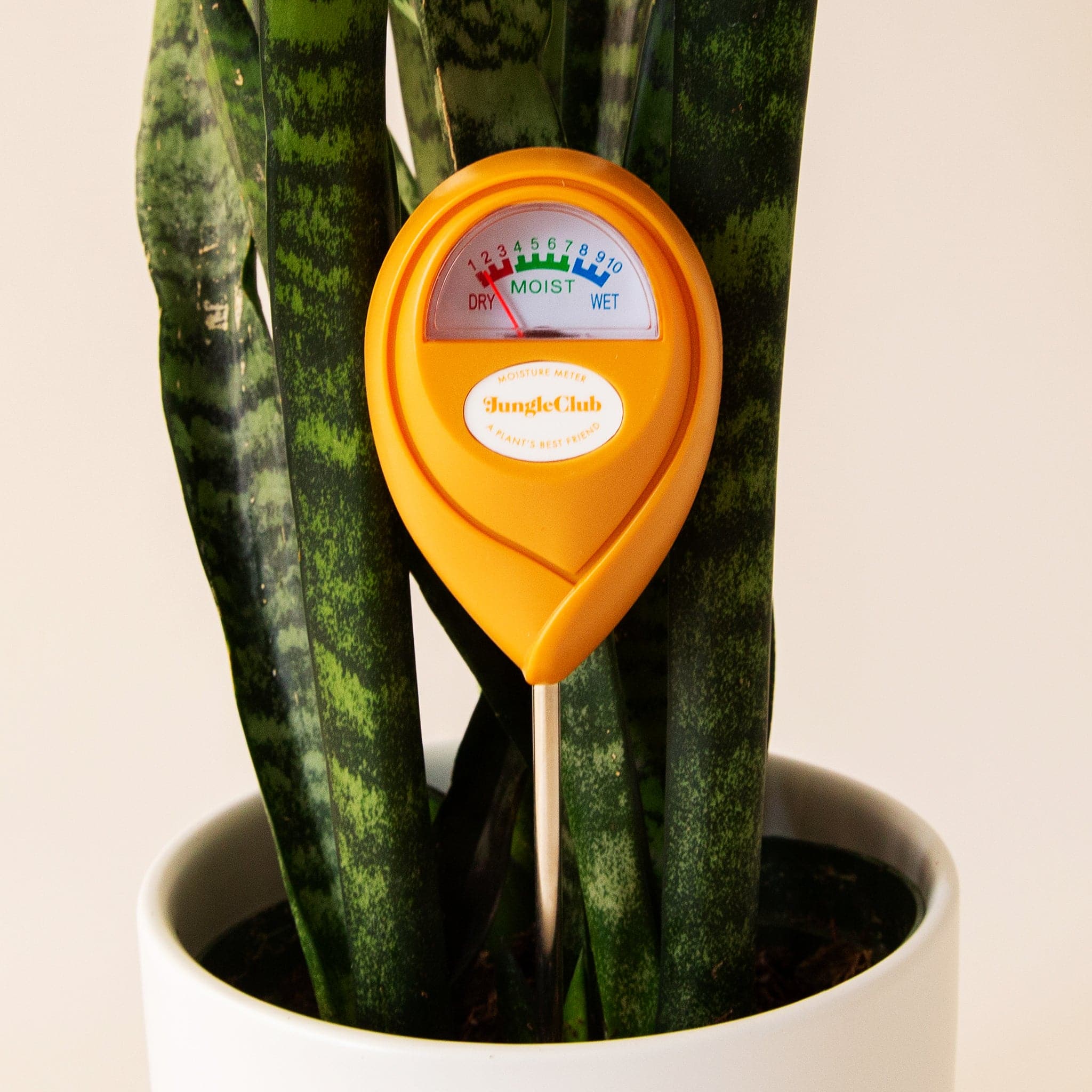The Ultimate Guide to Moisture Meters: A Comprehensive Introduction and How They Can Conserve You Money
In the world of building upkeep, building, and various sectors, the value of precisely determining moisture levels can not be overstated. Dampness meters function as vital devices in spotting and checking moisture material in materials, helping in preventing expensive problems and making certain the high quality of products. Understanding the nuances of various sorts of moisture meters, their applications, and the potential cost-saving benefits they use can be a game-changer for specialists and companies alike. Discovering exactly how these gadgets can not only enhance processes yet likewise contribute to monetary savings is a trip worth starting.
Kinds of Dampness Meters
Various sorts of wetness meters are readily available for various applications in various markets. One common type is the pin-type dampness meter, which determines the electric resistance between 2 pins placed into a material. This type appropriates for wood, drywall, and various other structure products. Pinless wetness meters, on the various other hand, use electro-magnetic sensor plates to scan a larger location without creating damages to the product's surface area. Moisture Meter. These meters are perfect for rapidly examining wetness degrees in big areas such as walls and floorings.

Infrared wetness meters measure the thermal properties of a material to establish its moisture material non-invasively, making them valuable for applications where pin or pinless meters may not be ideal. Understanding the different kinds of dampness meters available can assist industries choose the most ideal tool for their certain moisture measurement requirements.

Benefits of Making Use Of Moisture Meters
Wetness meters supply vital benefits in precisely keeping track of and analyzing moisture degrees in varied materials and environments. One of the primary advantages of making use of wetness meters is the prevention of possible damages caused by excess moisture.
Furthermore, making use of wetness meters can result in increased power effectiveness. By identifying locations with high wetness levels, such as leakages or bad insulation, adjustments can be made to boost power conservation and lower utility costs. In farming settings, dampness meters play a critical function in optimizing plant yields by making it possible for farmers to keep an eye on soil dampness levels and make informed watering decisions. On the whole, the benefits of using dampness meters extend throughout various industries, giving cost-efficient options and promoting much better high quality control methods.
Exactly How to Pick the Right Wetness Meter
When picking a wetness meter, it's crucial to make certain that the meter is suitable for the particular material you will be testing. Different products have differing electric homes that can influence wetness readings, so picking a meter developed for your material is critical for precise results. By carefully evaluating these elements, you can choose a dampness meter that meets your demands and supplies exact moisture dimensions for your projects.
Appropriate Techniques for Moisture Meter Use

Cost Savings Through Wetness Meter Applications
Just how can the critical application of dampness meters lead to substantial cost savings throughout various sectors? Wetness meters play an essential function in cost savings by avoiding possible damages and making sure high quality control in different sectors. In the farming market, moisture meters help in determining the optimal time for collecting crops, stopping excess or over-drying wetness that can impact the last product's quality. This specific tracking helps farmers stay clear of unneeded losses and maximize their return.
Likewise, in building and construction, wetness meters aid stop pricey damages by discovering dampness levels in structure products, such as timber or concrete, which can cause structural problems otherwise addressed immediately. By recognizing problem areas early on, specialists can take rehabilitative steps to prevent extensive repair work or substitutes, inevitably saving money and time.
Furthermore, in the food handling sector, moisture meters are necessary for keeping an eye on product top quality and ensuring conformity with safety and security guidelines. By properly gauging moisture material in food items, producers can stop perishing, maintain freshness, and decrease waste, leading to considerable expense financial savings. On the whole, the strategic application of moisture meters is an important investment that can cause significant price reductions and improved effectiveness throughout numerous industries.
Verdict
In conclusion, moisture meters are useful tools for identifying and gauging dampness degrees in numerous products. By utilizing the best wetness meter and adhering to correct strategies, customers can efficiently Homepage avoid costly damages triggered by excess moisture. Purchasing a quality dampness meter can lead to significant cost financial savings in the future by determining prospective concerns at an early stage and allowing timely removal. Inevitably, dampness meters are crucial tools for keeping the honesty and durability of materials and structures.
Dampness meters offer as indispensable tools in finding and monitoring moisture web content in products, aiding in preventing costly damages and ensuring the high quality of products. Infrared dampness meters special info determine the thermal residential or commercial properties of a material to determine its wetness material non-invasively, making them useful for applications where pin or pinless meters may not be suitable.Wetness meters supply indispensable benefits in properly monitoring and examining moisture levels in diverse materials and settings. In agricultural settings, dampness meters play a vital role in optimizing crop yields by enabling farmers to monitor soil moisture degrees and make educated irrigation choices.In final thought, dampness meters are beneficial devices for discovering and determining dampness degrees in numerous products.